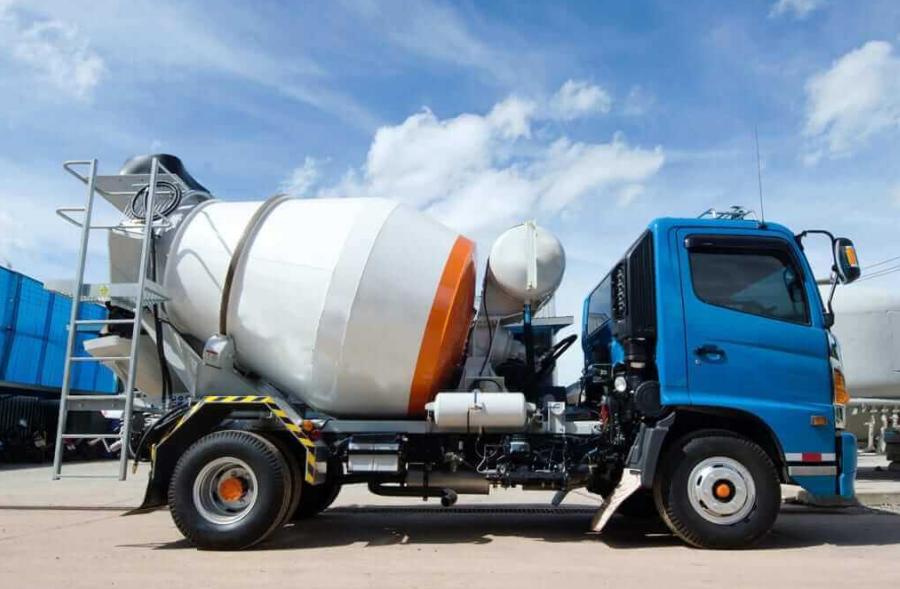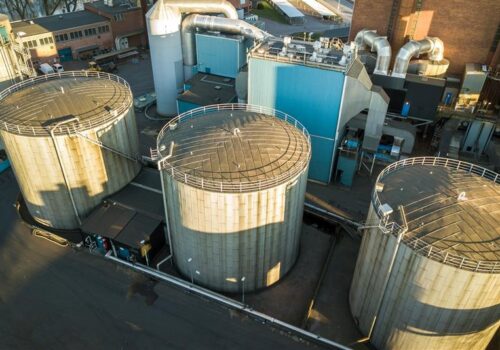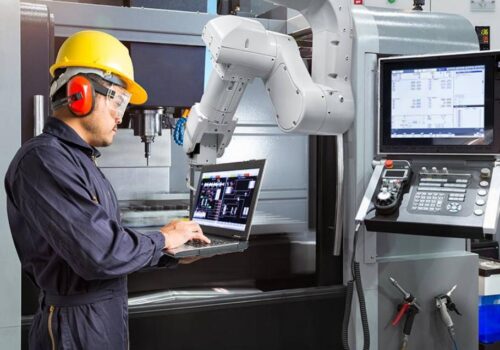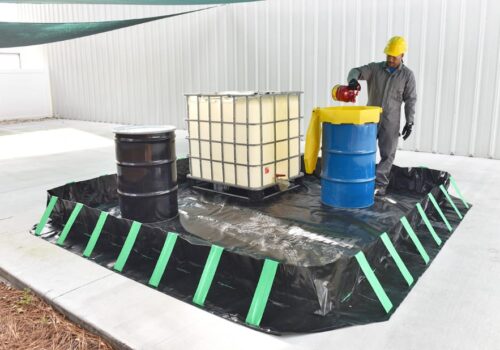Cost-Effective Strategies for Concrete Transport in Large-Scale Construction
Transporting concrete in large-scale construction projects is a critical task that directly impacts both the budget and the timeline of a project. Efficient and cost-effective strategies for concrete transport can significantly reduce overall expenses while maintaining quality and ensuring timely project completion.
This article explores practical approaches to optimize concrete transport in major construction endeavors.
Planning Ahead: Key to Cost Reduction
-
Early and Detailed Planning
The first step toward cost-effective concrete transportation involves meticulous planning. Before the actual transport, project managers should conduct thorough route analyses to identify the shortest and least congested paths. Using GPS and other tracking technologies can aid in real-time traffic monitoring, enabling adjustments and avoiding potential delays.
-
Scheduling Efficiency
Aligning the delivery of concrete with the construction schedule is crucial. Coordinating the concrete batches to arrive just in time for use minimizes the risk of premature hardening and wastage, thus saving on both material costs and the need for additional equipment.
Utilizing the Right Mode of Transportation
-
Choosing Appropriate Vehicles
The choice of transport mode plays a significant role in the efficiency of concrete transport. For short distances, mixer trucks that can keep the concrete agitated are ideal. For longer hauls, however, using concrete pumps can be more efficient and reduce the number of trips required, thereby saving fuel and labor costs.
-
Regular Maintenance Checks
To avoid breakdowns that can lead to delays and increased costs, regular maintenance of transport vehicles is mandatory. Ensuring that mixer trucks and concrete pumps are in optimal working condition can significantly reduce the likelihood of operational disruptions.
Innovative Techniques and Technologies
-
Adopting Automated Systems
Leveraging technology can streamline the concrete transportation process. Automated batching systems ensure precise mixing ratios and reduce human error, improving the overall quality of the concrete while cutting down waste.
-
Use of Mobile Concrete Batching Plants
For extremely large projects, mobile concrete batching plants can be set up closer to or at the construction site. This strategy significantly cuts down on travel distances, reducing fuel consumption and transport costs.
Collaborative Efforts and Training
-
Enhancing Skills of Personnel
Training truck drivers and transport managers on the best practices for concrete delivery is essential. Educated personnel can make informed decisions that optimize delivery times and reduce costs associated with delays and material wastage.
-
Collaborative Work Environment
Fostering a collaborative atmosphere among all stakeholders, including suppliers, transporters, and construction managers, ensures that every phase of the concrete transport process is optimized for cost efficiency and timeliness.
Conclusion
Implementing cost-effective strategies for concrete transport in large-scale construction projects requires careful planning, appropriate use of technology, and an integrated approach involving all team members.
By focusing on efficient transport practices, maintaining the equipment properly, and leveraging innovative technologies, construction projects can see significant savings and enhanced operational efficiency.
As the industry evolves, continuous improvement in transport strategies will play a pivotal role in shaping the construction landscape, making it leaner and more cost-effective.





